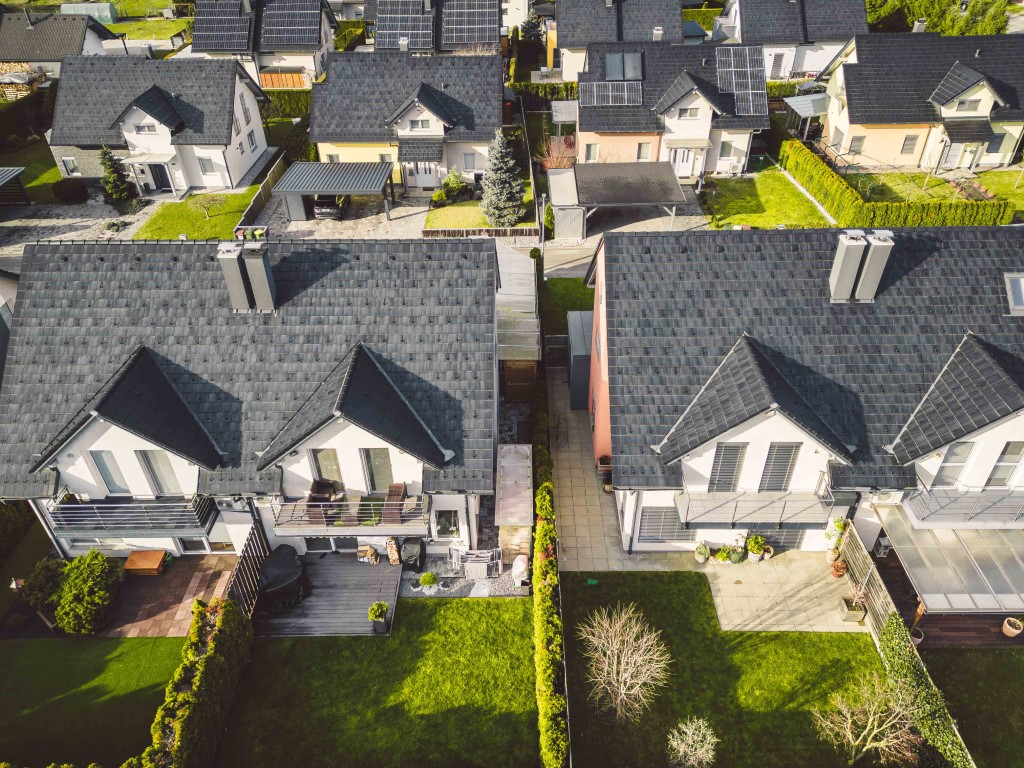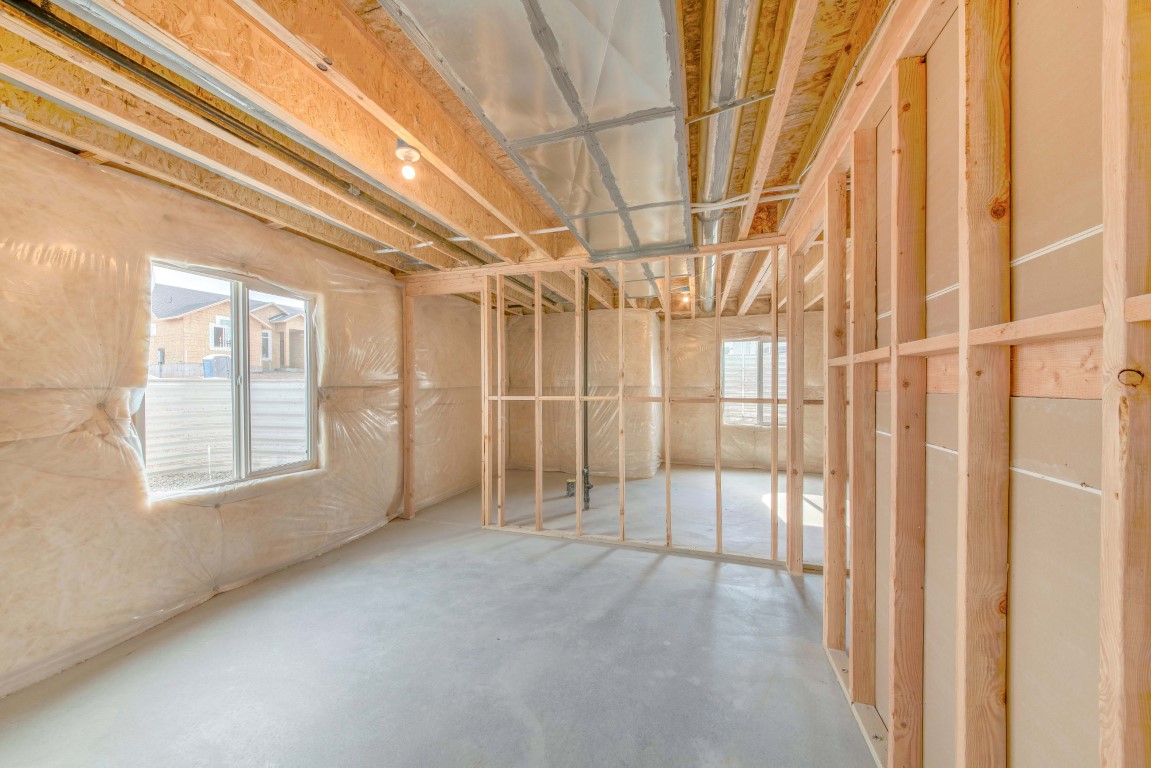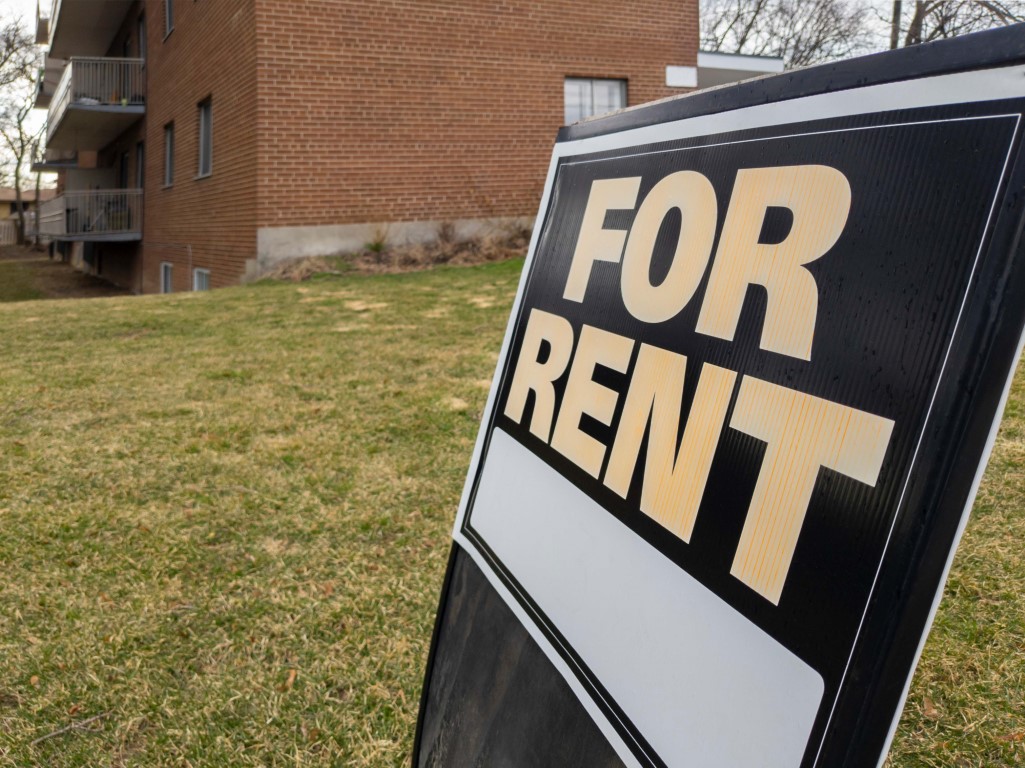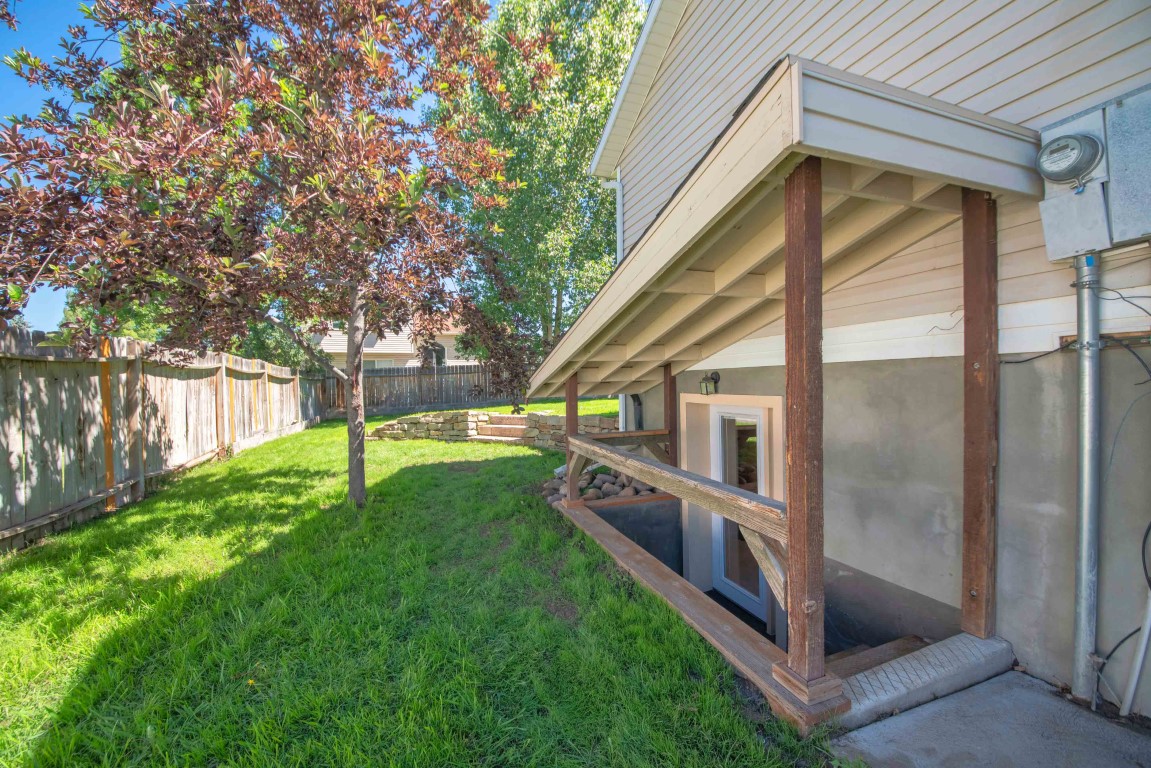September 15th 2023
 In our last Money Machine article, we compared multi-family residential buildings that were designed and built as such to buildings that were converted to become multi-family. And we saw that there are a lot of advantages to owning buildings that were designed and built to be exactly what they now are. Especially true in the case of small entities such as duplexes and triplexes.
In our last Money Machine article, we compared multi-family residential buildings that were designed and built as such to buildings that were converted to become multi-family. And we saw that there are a lot of advantages to owning buildings that were designed and built to be exactly what they now are. Especially true in the case of small entities such as duplexes and triplexes.
But there are some exceptions where I think a conversion makes a lot of sense. I’d like to take a look at a couple of them.
The first is the case where you have a duplex. Built as a duplex and situated in an area zoned for multi-family residential. I think more often than not it makes sense to add a third apartment to the mix. Generally, in the basement. Most of the duplexes I’ve seen were designed with a common staircase accessing both a main floor and an upstairs apartment. Often a 2 or 3 bedroom in the main floor and a one bedroom upstairs. In these buildings, it is generally the case that that common staircase also goes down to the basement which contains a furnace room, a laundry room, and a lot of open space. On occasion that open space has been partially renovated to incorporate  a rec room, a bathroom, and a bedroom for the main floor. The thing is the basement space can only be accessed from the common area stairwell is not unique to the main floor and needs to be locked somehow.
a rec room, a bathroom, and a bedroom for the main floor. The thing is the basement space can only be accessed from the common area stairwell is not unique to the main floor and needs to be locked somehow.
In most cases, the configuration is ideal for the development of a separate self-contained apartment depending somewhat on the location of the furnace.
Now if this is something you intend on doing, you’ll have to decide whether you are going to make applications to the city so the unit is legally recognized. You know the zoning is right. But what about current by-laws involving side yard, set-backs, parking, and lot coverage? Does it comply? If not, can it be made to comply or is a minor variance feasible?
In my experience, most municipalities are ‘reactive’ not ‘proactive’ when it comes to these situations. Especially in an area where numerous duplexes and triplexes already exist. They realize the need for more housing and aren’t going to act unless a complaint is registered. And that isn’t likely, especially where functional triplexes on registered duplex sites is the norm. But still, do your homework before you invest a lot of capital.

The other situation where I think conversion makes a lot of sense is ‘granny flats’. Several years ago, the province realizing the need for more rental living units and also aware that many, many people were living house rich and cash-poor, overstepped municipal zonings across the province and allowed ancillary dwellings to be added into homes even in R1 zoning.
These ancillary dwellings are often a lot ‘looser’ than strict duplex units in that in many cases they do not have their own unique entrances and parking may be one car in front of another. But while walking through the main floor kitchen to access an apartment in the basement is okay, fire traps such as bedrooms with no egress windows  are not. For a lot of people, however, the elderly or single moms, this potential configuration has made a world of difference when it comes to their economic well-being.
are not. For a lot of people, however, the elderly or single moms, this potential configuration has made a world of difference when it comes to their economic well-being.
A word of caution, however. These ancillary dwellings, even with separate entrances do not become legal duplexes. The provision only applies where the owner is living on-site. I’ve seen a lot first set up as granny flats, but before long being sold to investors as duplexes. Be careful. They are not. And while a triplex in a building that was once a duplex, but is zoned appropriately does not leave you particularly vulnerable, a ‘duplex’ in an R1 zoning does and often neighbours are not particularly understanding, especially where tenant issues and conflicts arise.